What Is A Perfect Wine? Here’s One!
Happy Spring! Aged White Port! New releases from Horsepower and Cayuse
Let’s welcome Spring – Mother Nature’s perfect season – with a perfect wine.
Despite relentless score inflation over the years, the ranks of ‘perfect’ 100/100 point wines remain relatively small. Perhaps the dozen or so publications (digital and print) that regularly score wines on the Parker scale have realized that 100/100 is a meaningful ceiling and should rarely be touched.
I’ve yet to see a 101 point wine but I’d never rule it out. Over a quarter century of scoring wines I’ve only given perfect scores to a half dozen bottles. They are rare, and should be. So it was interesting that in the course of my tastings this past week – which are often done with a knowledgeable ex-somm buddy whose palate I completely trust – we both looked up from the first taste of one new wine and almost in unison said “100 points!”
What is it that tips the scale in that way? It’s a given that perfection is entirely subjective. And in most creative endeavors, the perfect is the enemy of the good. But perfect wines do exist, and here is what makes a wine perfect for me.
First, it has to leave me gobsmacked the instant it hits my palate. It has to start with rich, dense aromas that are so complex I quickly run out of words to describe them. It should continue with flavors that are equally astonishing and detailed. The finish should go on so long that it’s almost impossible to say when it ends.
So… off to a good start. Beyond that I expect that on the second and third day after being opened the wine will continue to perform equally well. Maybe softened up a bit but showing no flaws and little or no deterioration. Which makes it cellar worthy. The wine profiled below astonished me when, after leaving the mostly empty bottle on my kitchen counter for five days, I poured the last glass and it was still drinking like a dream.
Then there is the story factor. A perfect wine should have an interesting story. Not something made up. Something authentic and compelling. The Hors Catégorie 2022 Syrah from Christophe Baron meets all those requirements, and I’m pleased to award it 100 points.
I’m not the first to do so and surely won’t be the last. On the website a listing of past vintages includes 100 point scores from a number of different reviewers covering the 2015, 2018, 2019, 2020 and 2021 releases. It’s almost hilarious the way these writers strain to capture in words a wine they all agree is indescribably brilliant. Prior to tasting the 2022 I had not looked up, read or encountered any of those notes or scores. This was my first chance to taste any vintage of the Hors Catégorie Syrah. So my reaction was not based on any prior knowledge.
Now about that story: the name translates to “a place beyond categorization”. One source notes that the term is used in France for staged bicycle races, to designate a climb on mountain roads where cars were not expected to be able to pass. It identifies the most difficult climb in the race. And certainly in the race to make great wine, this vineyard is about as difficult a climb as I’ve ever seen, with the possible exception of WeatherEye.
The Hors Catégorie vineyard was the first to be planted on the steep (up to 60 degree) slopes along the north fork of the Walla Walla River. The vines grow in meager soils of fractured basalt. They are cultivated by hand or with machinery winched between the rows. The vineyard has been farmed biodynamically since it was planted in 2011; in the pasture below are cows, goats, sheep, beehives and other wildlife completing the natural ecosystem. Row spacing is 3.5 x 3.5 with a density of 3555 vines per acre.
Just a single wine is produced. And I know the mailing list is closed and the wine is expensive. But it may be purchased on the secondary market, and more than most such pricey bottles it justifies the cost and rewards the buyer with a unique experience.
Hors Catégorie 2022 Syrah – This is a palate-soaking, aromatic, spelunking wine of the first degree, emblematic of the adventurous, difficult, ground-breaking efforts of vigneron Christophe Baron since he first plowed through layers of cobblestones while pioneering what has become one of the most sought after, unique AVAs in the country. Opening with an intense, powerful nose, it shows a menthol/mint undercurrent, a bit like eucalyptus. Massively flavorful, yet still tight and compact, it unbuttons itself in your mouth, flavors peeling away into myriad layers of berries and cherries, herbs galore, composted earth, hints of clean fungus and graphite and granite. The length is amazing, unfolding over minutes, and not just continuing, but evolving through layer after layer after layer. Re-tasting from the open bottle on the second, third and fifth days, it delivers new, darker accents of smoke and meat and char, with more pie cherry fruit emerging as well. All this from such a young wine! I’d measure the ageability in decades, not years. 313 cases; 14.2%; $270 (Walla Walla Valley) 100/100
I’m taking a quick detour from my standard focus on Northwest wines, thanks to a most informative tasting and discussion with Carla Tiago, the head winemaker at Kopke (pronounced ‘kop-kuh’), a Port house founded in 1638. The plain, distinctive Kopke labels – imprinted on the black glass in white capital letters – seem both ancient and important. Beyond the usual Port house assortment the Kopke portfolio includes a vast array of vintage, aged tawny and colheita (vintage tawny) Ports. Should you crave a tawny from 1938, 1940 or almost any year since, they’re all for sale here.
Although our domestic versions of port-like wines have gotten better, and some now use traditional Portuguese grapes, none come close to the experience of true, barrel-aged, decades-old tawnies. And for the first time in my experience, I had the chance to taste both a 20 Year Old White Port and a 2005 White Colheita Port.
The 20 Years Old is a blend of different harvests made to reflect the particular character of a wine of that age. It’s blended and released annually, designed to be the same with each new version – predictable and ready for immediate drinking. For me it seemed quite fresh, with candied fruits, spice and honey. The finish was truly remarkable. Suggested accompaniments include foie gras, mushroom risotto, bleu cheese or an apple crumble.
The 2005 White Colheita is made from a single vintage and aged in wood for a minimum of seven years. This 2005 remained in wood until 2024 when it was bottled just ahead of release. It was the darker, drier, nuttier of the two, tasting more mature though able to age further in the bottle. Once opened, both of these wines can be stored in a cool dark place, and will keep for weeks.
Ports are all too often saved for cold winter days, when in fact a small glass is a great after dinner drink any time of the year. White Ports are mostly sold as fresh, warm weather alternatives, so tasting these well-aged versions may open your eyes to a whole new category of dessert wines.
Continuing my report on the 2022 wines from Christophe Baron’s Bionic Wines portfolio, here are thoughts on the Horsepower lineup.
Why farm by horsepower you may wonder? The website makes the case. It’s “an homage to craft and family. An embrace of the earth that seems at once old-fashioned and new.” The four Horsepower sites employ five draft horses who cultivate vineyards ranging from 3,555 to 4,840 vines per acre with as little as 3' x 3' spacing. The first, planted at one vine per stake, was named ‘Sur Echalas’ the French term for that type of planting, which is employed by all the others as well.
These are the vineyard profiles from the website:
Sur Echalas Vineyard—With 3-foot by 3-foot spacing and 4,840 vines per acre, this 2 acre vineyard of Syrah and Grenache is the highest density planting in the Walla Walla Valley, and one of the highest in North America.
The Tribe Vineyard—This 3 acre Syrah vineyard is planted one vine per stake. Spacing is 3.5 feet by 3.5 feet, totaling 3,555 vines per acre.
High Contrast Vineyard—This vineyard includes 3 acres of Syrah and 1/3 acre of Viognier, and follows the contour of what was once the Walla Walla River. There are 3,555 vines per acre, planted one vine per stake.
Fiddleneck Vineyard—Named for a curled yellow flower which grows abundantly in the area, this vineyard includes 3 acres of Grenache and 1 acre of Tempranillo. The vines are spaced 3.5 feet by 3.5 feet, planted one vine per stake for a total of 3,555 vines per acre.
Horsepower 2022 Fiddleneck Vineyard Grenache – Plowed with Belgian and Percheron draft horses (hence the label), this new vineyard, planted in 2015, is just coming into its own. The wine is compact, peppery, tannic, dark and earthy, from soils with clay in them. It’s got a pasty texture, not unpleasant, touches of barnyard, light compost, cherry fruit. It tails off in a gentle fade. 277 cases; 13.5%; $134 (Walla Walla Valley) 93/100
Horsepower 2022 Sur Echalas Vineyard Grenache – Complete, intense, finished with silky tannins and layered in an elegant, subtle way. Scents of peonies, tamarind, shiitake; flavors of black fruits, black tea and highlights of lemon rind. There’s a smooth ramp down thru a long finish with a lick of cinnamon. 298 cases; 14.1%; $134 (Walla Walla Valley) 96/100
Horsepower 2022 Sur Echalas Vineyard Syrah – Bloody, earthy, herbal and meaty are among the first impressions of this wine. The weight and texture command attention, as does the length. It’s balanced in and of itself, though not in any standard Syrah way you might think of as balanced. The finish is long and slightly bitter, almost medicinal. 355 cases; 13.5%; $134 (Walla Walla Valley) 94/100
Horsepower 2022 The Tribe Vineyard Syrah – One of a quartet of Horsepower sites, The Tribe was the second planted, in 2009. This brand new release is still a bit shut down, quiet, needing aeration. It’s compact and flush with a mix of underbrush, wild blackberries, compost, tea and a dash of soy sauce. This wine shows more accessible fruit than many Christophe Baron Syrahs, while retaining the earthy, brambling character of the Rocks District AVA. 533 cases; 14.1%; $134 (Walla Walla Valley) 95/100
Horsepower 2022 High Contrast Vineyard Syrah – Differences among the three Horsepower Syrahs are subtle but clear. This wine resonates with high tones that linger through an extraordinary finish (hence the name). If you ever work an equalizer while listening to (or playing) music, this has the highs boosted and the middle cut. It’s low notes and high notes, translated to flavors. Salty, earthy, herbal and challenging, it’s a Syrah for connoisseurs who are always in search of something different, something unique. If that’s you, here it is. 468 cases; 13.8%; $134 (Walla Walla Valley) 95/100
More new releases from Cayuse:
Cayuse 2022 Camaspelo Red – This red blend is a good portal into the Cayuse style, in that it’s a mix of Cabernet Sauvignon and other unnamed reds. It captures the essence of the Rocks District terroir, which is often characterized as ‘funk’ and makes this AVA unique in the country. The aromatics mix compost, moist tea bags, moss, underbrush and other earthy, herbal scents and flavors. With ample aeration the wine shows rich flavors of black cherry, black tea and charred meats. It was given 18 months in 30% new oak. 389 cases; 13.8%; $99 (Walla Walla Valley) 93/100
Cayuse 2022 The Lovers Red – Here the Cabernet Sauvignon is blended with 11% Syrah. There’s more of an accent on mineral and moist earth flavors, with the funkier flavors more muted. Black fruits, tar and tobacco elements are in play, with grainy tannins shoring up the peppery finish. It remains rather shut down even after 24 hours. Due for release next October. 242 cases; 14.1%; $109 (Walla Walla Valley) 92?/100
Cayuse 2022 Flying Pig –This is more or less a Right Bank-ish blend of Merlot, Cab Franc and 9% Cabernet Sauvignon. Flavors mix of red and black fruits, orange pekoe tea, underbrush and a sprinkle of pepper. Second day – smoother, with the Merlot more prominent in the mix. A good, supple finish that nonetheless retains the strong herbal base. 253 cases; 14.1%; $109 (Walla Walla Valley) 93/100
Cayuse 2022 The Widowmaker Cabernet Sauvignon – All En Chamberlain grapes, this aromatic, focused, herbal, spicy and textured Cab is one that I’ve been especially fond of through many vintages. It’s sui generis as far as Walla Walla Cabernet goes, with the distinctive mix of earth and herb and underbrush particular to the Rocks District. At first there’s a pleasing lightness to the palate, without sacrificing detail. It opens over time to bring up wild blackberry fruit with a peppery frame, and lingers nicely. 298 cases; 14.1%; $109 (Walla Walla Valley) 95/100
Cayuse 2022 Impulsivo Tempranillo – En Chamberlain vineyard grapes comprise this pure varietal, which jumps from the glass with luscious aromas of blackberries, black cherries, black licorice and smoked meat. In the mouth those flavors are backed with underbrush, sage, thyme, fungus and tea-like tannins. This is a dense, textured, dusty wine with outstanding depth. It keeps on going, keeps on surprising you with more and more details. 393 cases; 14.1%; $109 (Walla Walla Valley) 96/100
I’ll sign off with a couple of requests.
1) Wines sent to me for review can come from many sources – winemakers, tasting room managers, winery sales reps, outside marketing companies and others. If you are tasked with sending wines, please let everyone connected to your winery know that they were sent and encourage them to subscribe to this Substack. It takes two minutes and it’s free. I do not send out alerts when wines are reviewed. So please subscribe, and when your reviews are published you will see them.
2) The first weekend in April kicks off a slew of visitor-friendly winery events here in Walla Walla. If your Walla Walla winery or tasting room is planning anything special for the weekend shoot me a note and I’ll publish a don’t miss list for out-of-town visitors. As a prelude, my band ‘Friends of the Devil’ will be playing a sunset concert at Echolands on Friday March 28th from 5:30 to 7:30. Hope you can join the party. Make your reservations here.
A toast to Spring!


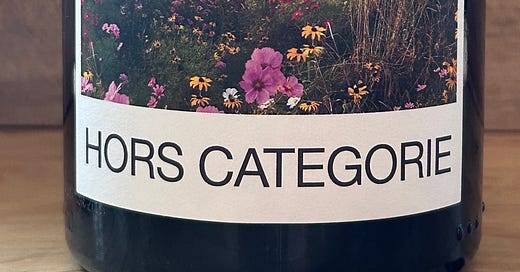




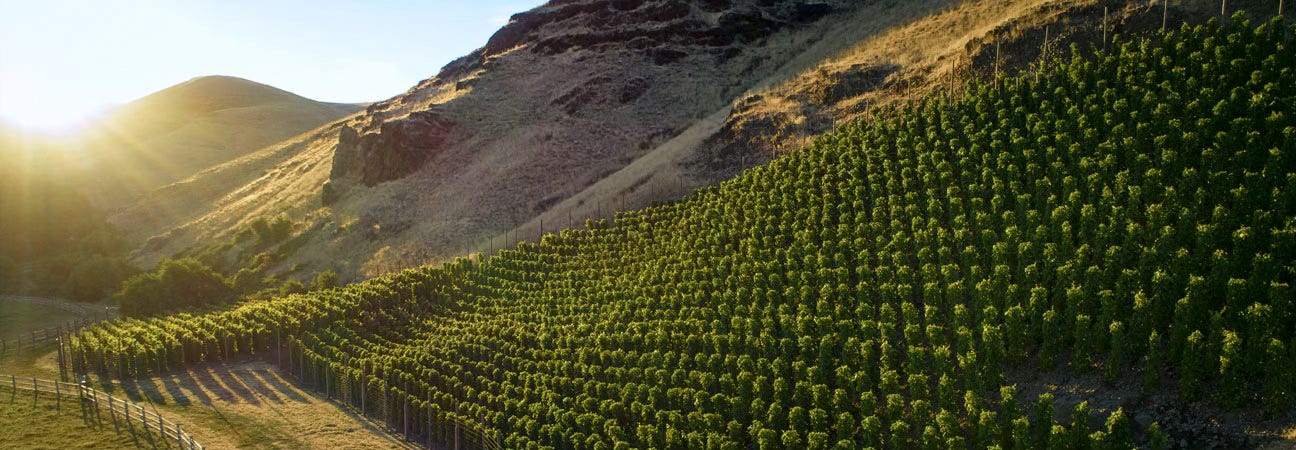
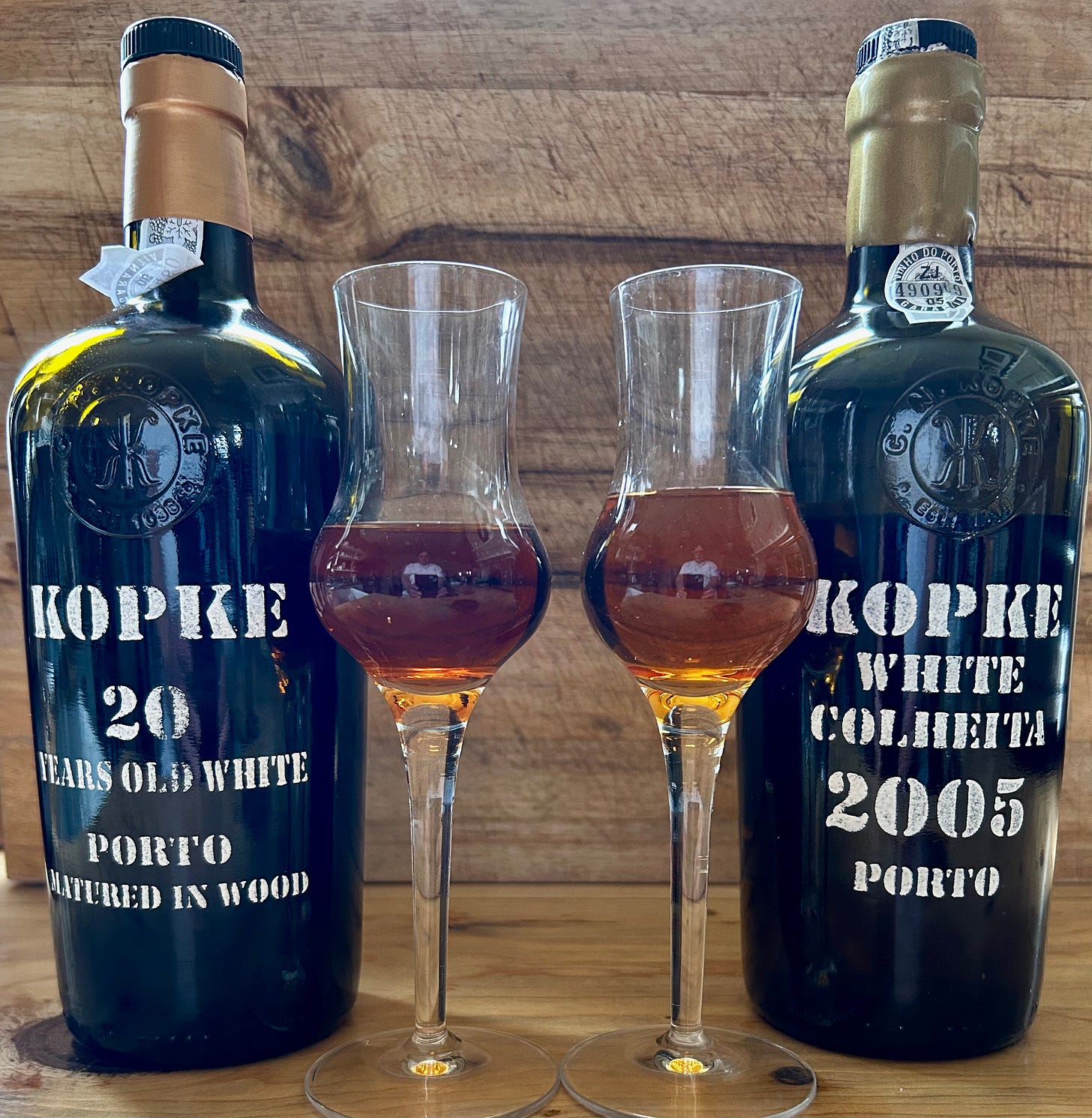
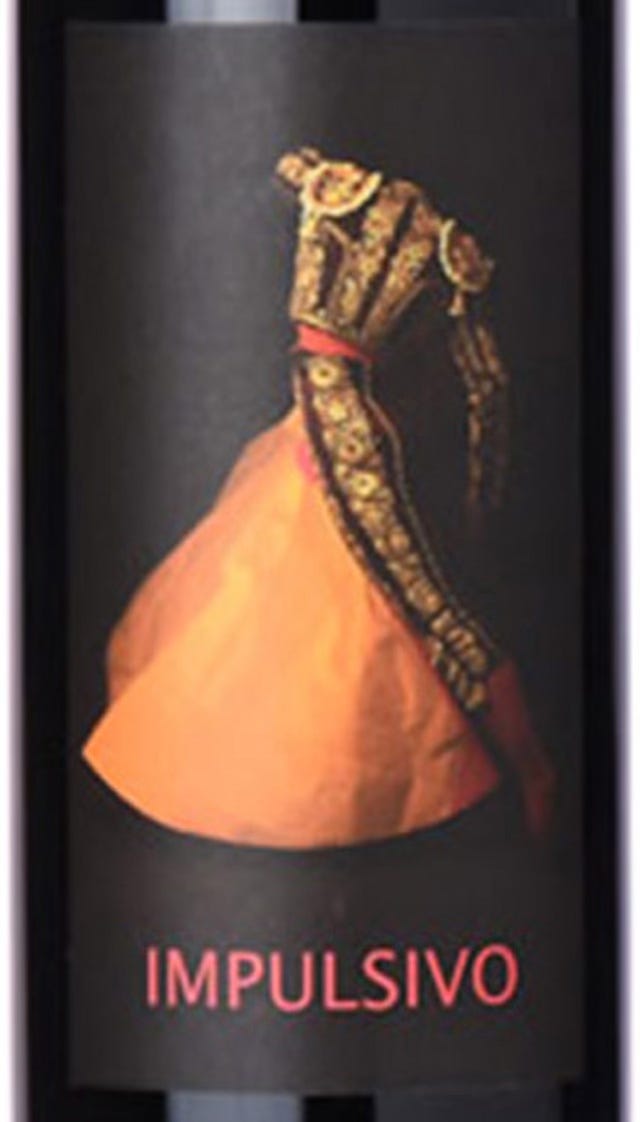
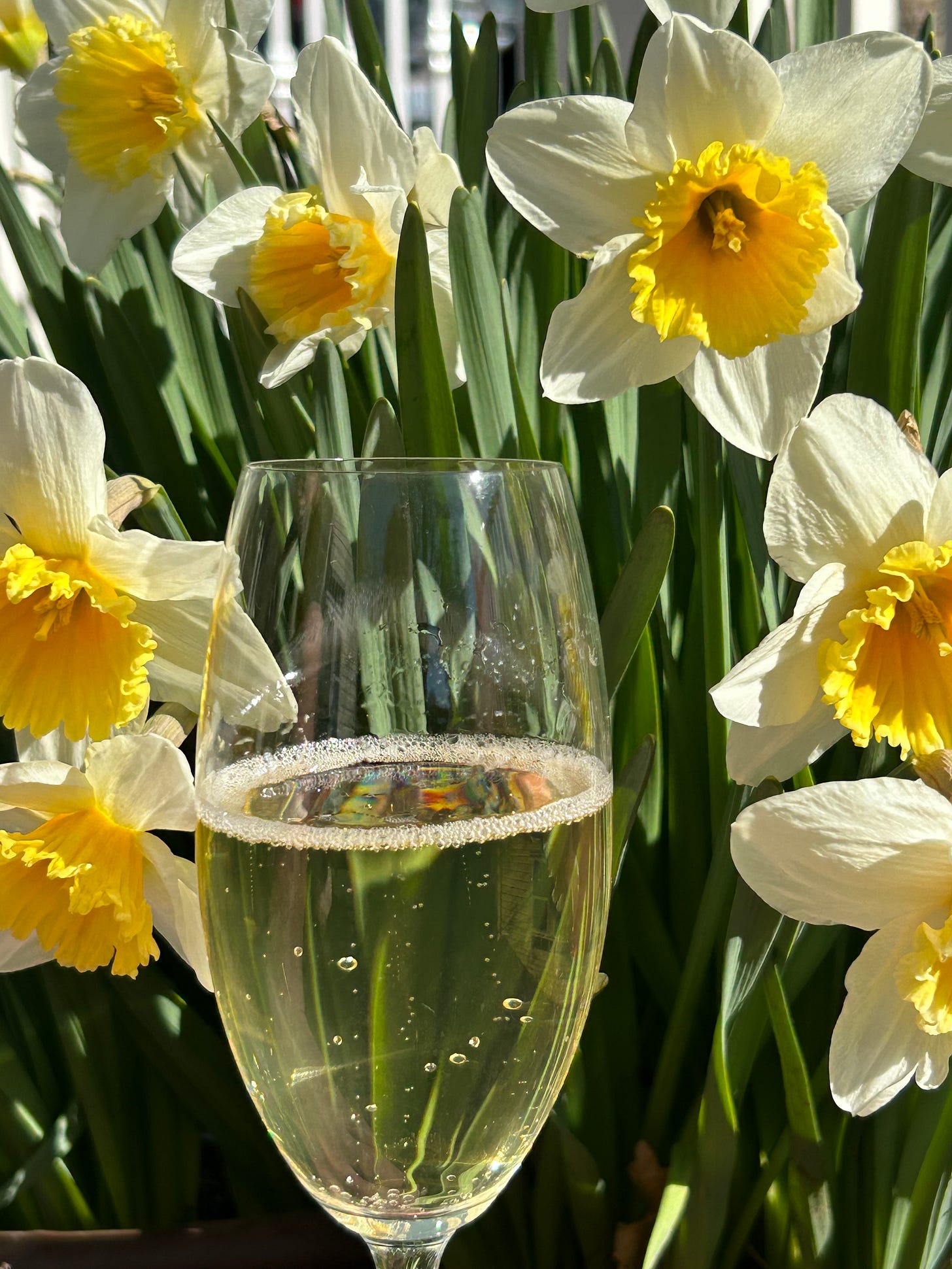
Great piece today, Paul. Wish I was prepared to spend $270 on a bottle...even if I was on their list! For grins, I looked up how many 100s were given by Wine Spectator and Wine Advocate. For red wine only: WS had 36 (of 270,085 total red wines in their database); WA had 756 (of 290,333). So WA gives about about 20x more 100s than WS.